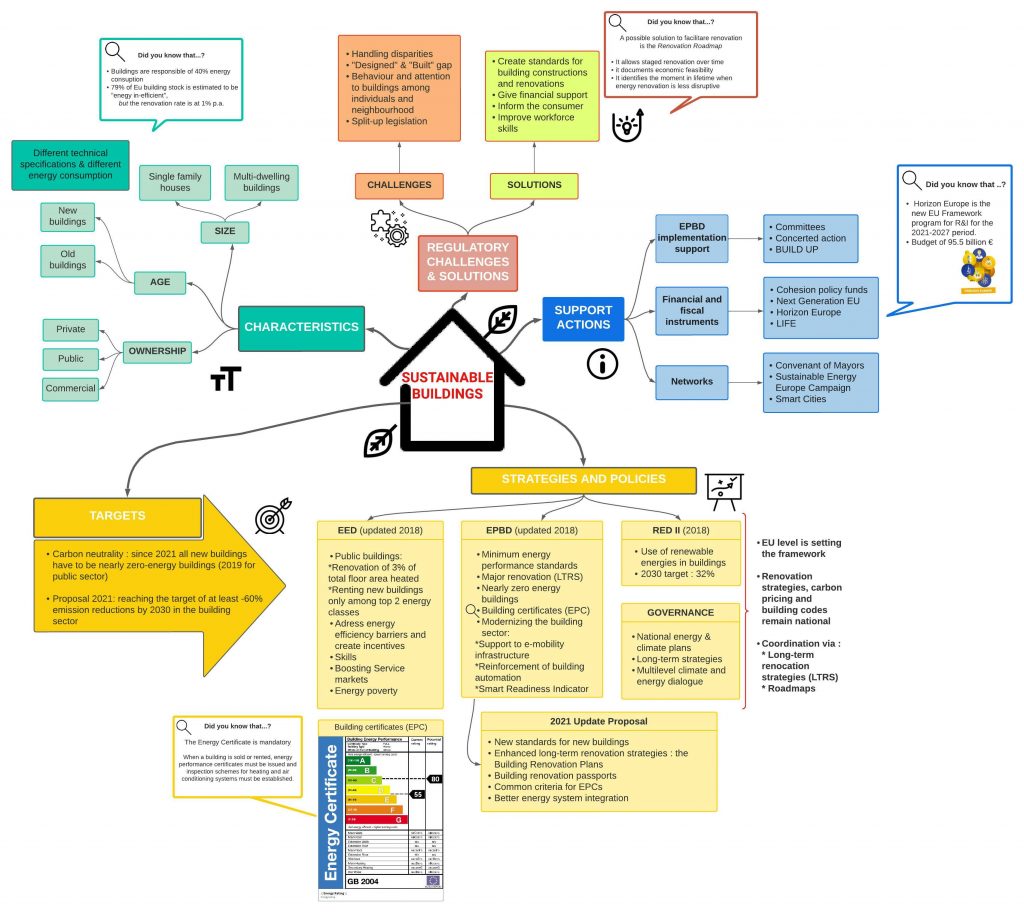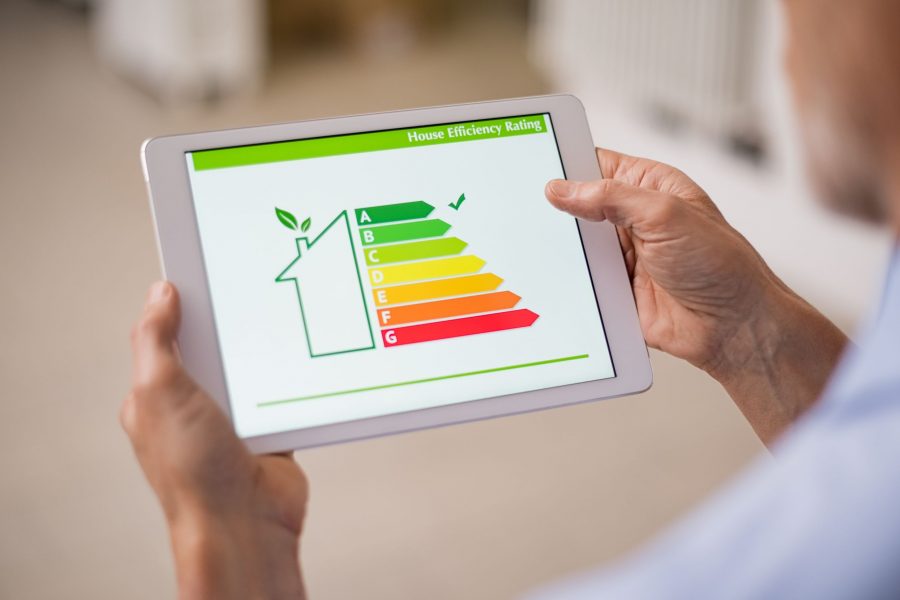
Strategic energy and climate policy planning: Lessons learned fromEuropean energy efficiency policies
18 October 2022
Eco-design in the EU: towards a greener internal market?
20 October 2022By Iris Lassus, Vittoria Pagliaro Philippine Chevalier
The transformation of the building sector has a fundamental role in the EGD, because it has a pervasive role in everyone’s life. Indeed, buildings represent 40% of the European final energy consumption. However, implementing sustainable buildings policies is challenging as it encounters complex issues.
It must be considered that buildings are different in ownership, age and size – implying dedicated problems for each type. Moreover, once you get a building in place, there are limited windows of opportunity for renovation (<1% per year even though 79% of buildings are considered non-efficient). Other barriers regard the differences among new and existing buildings, their design and realization, information among citizens, the workforce skills and the integration of legislation. This requires coordination via long-term renovation strategies (LTRS). The Energy Performance of Buildings Directive (EPBD) is the main tool to reach sustainability in the building sector. It was first drafted in 2002, and then updated in 2010 and 2018 in order to address more issues, such as energy poverty, ‘smartness’ of the buildings, renewable energies, and awareness. A last update proposal was made recently in 2021. In addition, some initiatives have been created to complement and support the Directive (for example ‘Renovation Wave’, ‘The New European Bauhaus’).
If the global framework is set by the European Union, the implementation of the policies is fragmented. Implementation responsibility belongs to MS, who should share good practices, measure with other countries, create public policies, trying to overcome difficulties deriving from highly technical issues and the high social impact of these policies.



